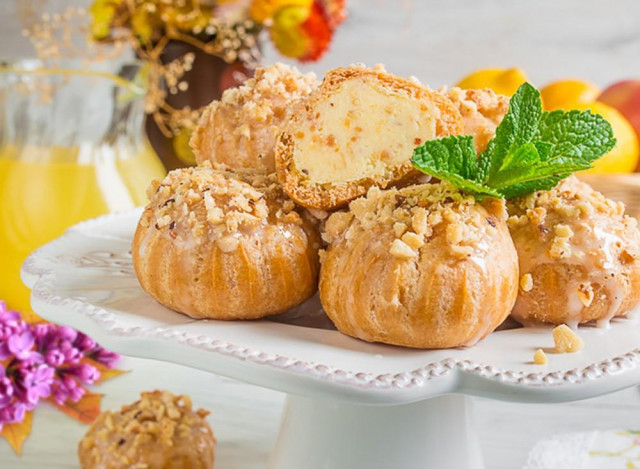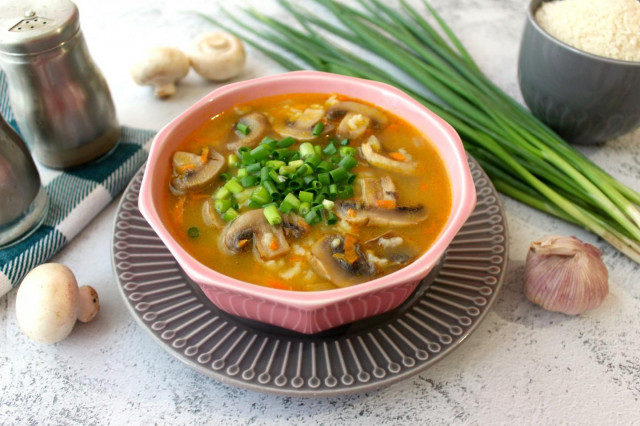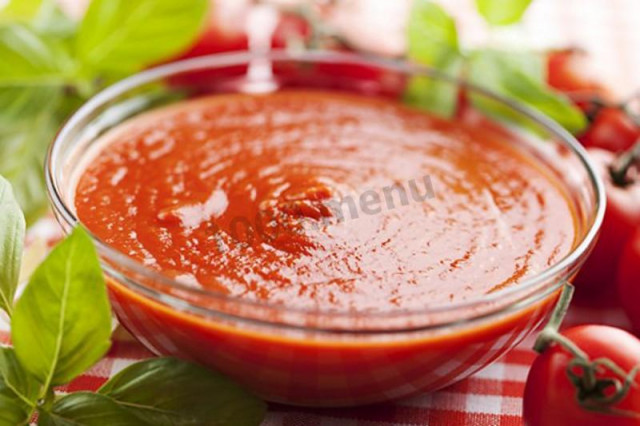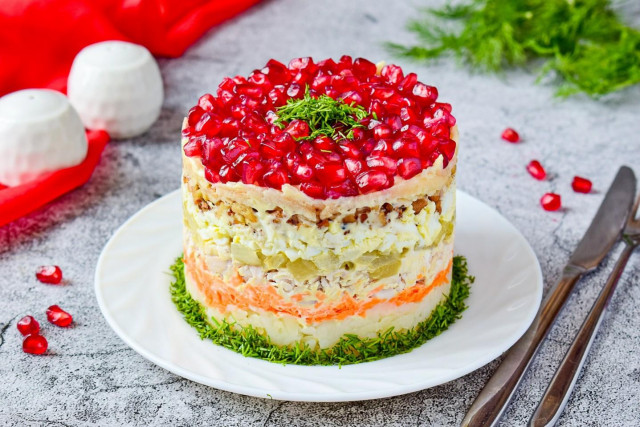Composition / ingredients
Cooking method
In order for the cheese to turn out delicious, you need to take homemade milk, quite fatty. If store-bought milk is used, you need to be prepared for the fact that cheese may not turn out. Any sourdough is suitable for cheese - you can buy them in abundance on specialized websites, they are also found in large supermarkets. Rennet enzyme is also purchased on special sites. Both the starter and the enzyme should be taken in the amount indicated in the instructions for them (given that there will be 12 liters of milk).
Milk can be boiled or not - it's a matter of personal preference.
Milk is heated to 36-37 degrees Celsius, not higher. If the milk is suddenly overheated, you need to let it cool down to the desired temperature. If the milk has been boiling, then we are just waiting for it to cool down.
When the temperature is reached, pour the starter culture into the milk. Do not stir immediately, wait for a couple of minutes, and then gently stir. We leave the milk with sourdough to stand for half an hour. Under the lid.
At this time, mix the rennet enzyme with a small amount of water. Pour the mixture into the milk, gently stir again. Let the milk stand for 45 minutes. If the milk was boiled, the time should be increased by another 15-20 minutes. The clot during this time should become quite dense in consistency - we cut it into large cubes.
Turn on the stove, the heating is minimal, put the pan with milk on the fire. Heat the milk for half an hour, stirring from time to time. The temperature should not exceed 42 degrees. When this time has passed, we drain the serum, leaving about a third.
We shift the future cheese into special shapes in layers. At this stage, add spices, chopped herbs, pieces of vegetables. For example, pieces of Bulgarian pepper or chili pepper, if you want a more piquant taste.
Next, the cheese will be cooked in a water bath. To do this, pour water into a large saucepan, install a grate, and put a mold with cheese on it. Cover the pan with a lid. The water temperature should be 50 degrees Celsius. We cook cheese in a water bath for 1.5 hours, turning the cheese on the other side every 30 minutes.
After that, the cheese remains to cool at room temperature for 3 hours. Every hour we turn the cheese over to the other side again.
The next step is salting cheese. To do this, we will prepare the brine by mixing all the specified ingredients. When the salt has dissolved in water, we put the cheese in the resulting brine. We salt the cheese, calculating the salting time according to this formula: 3 hours for every 500 grams of cheese.
Next, we extract the cheese from the brine, wipe it with a clean cotton cloth and transfer it to a suitable container. A large plastic container will do. We put the container in the refrigerator for 5 days. Every day we wipe the cheese again with a cloth, only now soaked in brine, and then dry. The head of cheese in the container is placed on different sides each time after wiping.
The cheese is ready for tasting, but it does not spoil during the year, becoming tastier with each month of aging!
The calorie content of the products possible in the dish
- Whole cow's milk - 68 kcal/100g
- Milk 3.5% fat content - 64 kcal/100g
- Milk 3.2% fat content - 60 kcal/100g
- Milk 1.5% fat content - 47 kcal/100g
- Concentrated milk 7.5% fat content - 140 kcal/100g
- Milk 2.5% fat content - 54 kcal/100g
- Wine vinegar (3%) - 9 kcal/100g
- Vinegar 9% - 11 kcal/100g
- Balsamic vinegar - 88 kcal/100g
- Apple vinegar - 14 kcal/100g
- Vinegar - 11 kcal/100g
- Salt - 0 kcal/100g
- Water - 0 kcal/100g
- Sourdough - 29 kcal/100g







